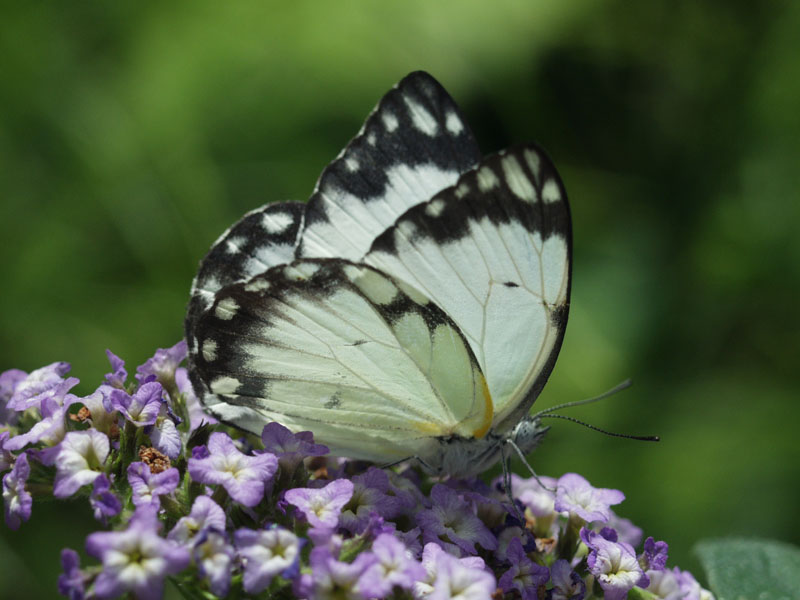

Adults will visit a variety of flowering plants for nectar but they also seek out moist soil and dung as a regular source of nutrients.
The origin of both the genus, Belanois, and species, creona, are currently unknown.
Preferred habitats include savanna bush country, open habitats and woodlands, but the African Caper can also be observed in every habitat within their range.
After a male and female have courted and mated the female begins looking for host plants to lay her eggs on. Once the female finds the host plant she lays her eggs in clusters on the plant. After the eggs hatch the caterpillars feed on the host plants until they are ready to form their chrysalides.
There are several generations each year which makes it possible to find adults year round.
Despite their small size the African Capers are extremely strong flyers, so strong in fact that their overwhelming desire to migrate makes them one of the most common butterflies found throughout Africa. African Capers are also known to put on quite a show in the areas where the majority of their breeding takes place because large numbers of individuals gather and participate in a behavior known as communal roosting.